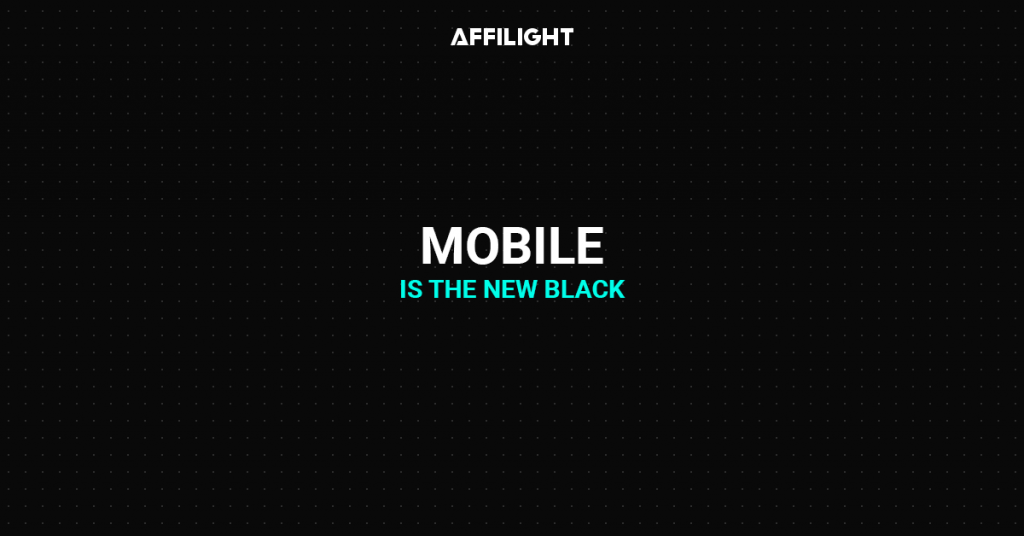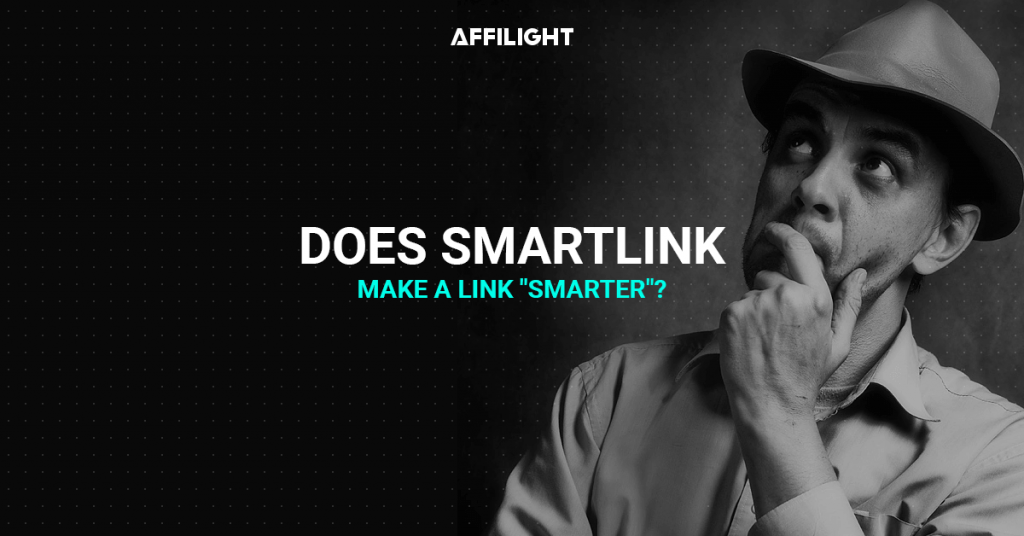Buying and selling of advertising space on a digital platform have been a manual exercise so far. This was a static method, with no guarantee that the visitor to that website would find an ad worthwhile. That led to the advent of programmatic advertising.
What Is Programmatic Advertising?
 Programmatic advertising uses technology and automation to set up an open exchange. Both buyers and sellers can view the required and available slots in real time. After that, they can make their choices.
Programmatic advertising uses technology and automation to set up an open exchange. Both buyers and sellers can view the required and available slots in real time. After that, they can make their choices.
Programmatic advertising uses technology to work on the huge data available. This ensures that the ad is better targeted. According to the hot-mob.com there are a few targeting ways: data-driven targeting, cross-device targeting, audience segmentation and targeting in real-time.
Elements of Programmatic Advertising
Mentioned below are the four elements of programmatic advertising:
1. Demand Side Platform (DSP)
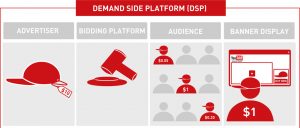 The Demand Side Platform (DSP) works to help the prospective buyer. He can buy inventory from open markets like Ad Exchanges.
The Demand Side Platform (DSP) works to help the prospective buyer. He can buy inventory from open markets like Ad Exchanges.
A DSP has access to huge amounts of data and analytics tools. This allows it to ferret out the best targets for the ads. This way, a DSP helps find the correct audience for the advertiser.
2. Supply Side Platform (SSP)
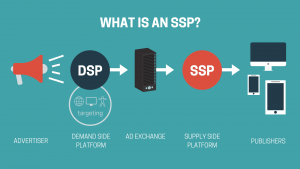 Programmatic advertising also helps sellers. They can clear up unsold and available advertising slots. The Supply Side Platform (SSP) helps the seller to choose the best bid at the exchange.
Programmatic advertising also helps sellers. They can clear up unsold and available advertising slots. The Supply Side Platform (SSP) helps the seller to choose the best bid at the exchange.
3. Ad Exchanges:
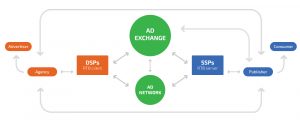 This is something like a stock market. Instead of stocks, it is available inventory that is being purchased and sold here.
This is something like a stock market. Instead of stocks, it is available inventory that is being purchased and sold here.
Google and Facebook are two of the popular names which run such exchanges. But there are hundreds of others like them. These exchanges run auctions for easy disposal and purchase of inventory.
4. Data Management Platform (DMP)
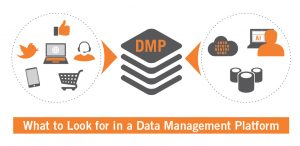 The data management platform (DMP) is the core of programmatic advertising. This allows it to provide benefits over earlier modes of buying and selling ad slots.
The data management platform (DMP) is the core of programmatic advertising. This allows it to provide benefits over earlier modes of buying and selling ad slots.
The huge amount of data helps to provide the best outcomes for both buyers and sellers. The returns on investment for the advertiser are greatly improved. For the publisher, it gives a view of the best possible bids.
Benefits of Programmatic Advertising
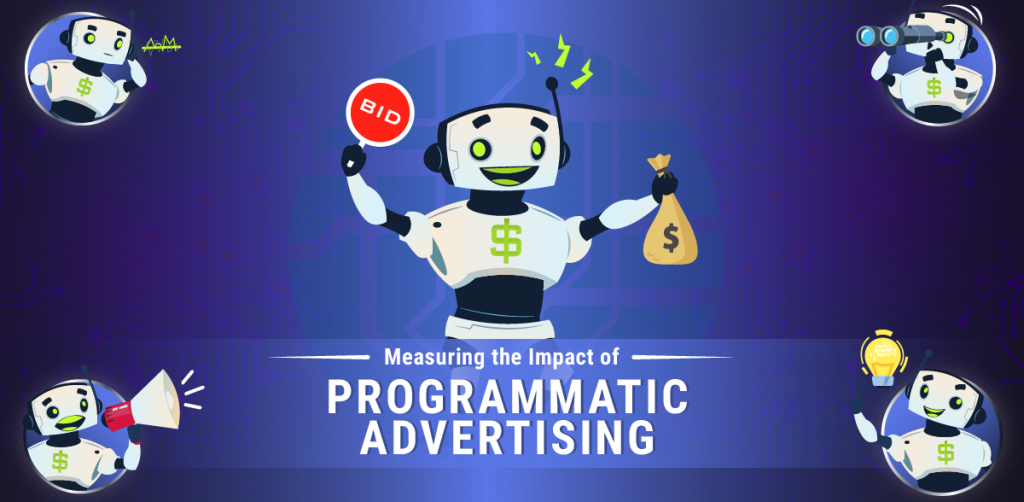 • Programmatic advertising is not bound to a specific medium or format. The advertiser can choose to buy inventory (advertising slots) in several formats.
• Programmatic advertising is not bound to a specific medium or format. The advertiser can choose to buy inventory (advertising slots) in several formats.
• The advertiser is not dependent on one campaign bought in bulk. He can select targeted advertisements. This would help him design the best combination for himself.
• Another benefit of programmatic advertising is that it reaches the right people. This helps in increasing the conversion rate of the campaign.
• In programmatic advertising, the advertiser pays for only what he gets. This improves the cost-effectiveness of the campaign.
• This has another benefit for the advertiser. The advertiser always has a view of the quantity and quality of visitors viewing his ad.
• Automation makes the process of inventory purchase (and sale) that much more efficient. The algorithms would search through hundreds of available inventories. Then it would come back with the best buy options.
Possible Risks of Programmatic Advertising

• The website that would carry the advertisement usually doesn’t have control over content. They can’t decide which advertisements are chosen for publishing by them. So there is a risk of showing offensive or low-quality ads. This happens because the buying and selling get done at an exchange.
• The same reason makes it difficult for both buyer and seller in another way. They are unable to exercise any sort of control over the security of the ads bought or sold. Both advertiser and publisher need to put in place robust verification procedures. This will ensure mutual safety and also the security of the visitors.
How to Make the Best Use of Programmatic Advertising?
- Programmatic advertising is a great way to transact in digital advertising inventory. But programmatic advertising has several other facets as well. The visitor’s journey will begin when he clicks on an advertisement. But programmatic advertising also provides data about the subsequent stages of that journey. The advertiser can understand how many people add the products to their wish list. He can know how many then actually go on to buy it. Sometimes there are desertions, with the product added to the cart but not purchased. In such cases, the analytics tools can help find out the likely cause.
- Programmatic advertising includes a feature called header bidding. It helps the publisher websites dispose of idle inventory faster. But the advertiser is also able to bid more efficiently. That is because a high-level view of all available inventories is visible to him.
- Advertisers would benefit by looking at user/viewer data of past programmatic campaigns. This is true for current campaigns as well. They can allow the advertiser to improve the campaign midway. Also they help even while designing or planning new campaigns. An advertiser can crunch the data sets of programmatic advertising done earlier. So this will help him focus on the most productive viewer segments.
Conclusion
Programmatic advertising has opened new vistas in the chaotic online advertising space. We expect almost all online advertising to move to programmatic very soon.
If you don’t understand any terms, we suggest you to look through our dictionary.

